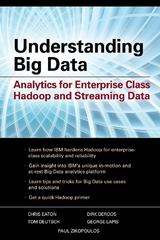Question
Both quicksort and mergesort have an expected time of O(n log n) to sort a list containing n items. However, in the worst case, quicksort
Both quicksort and mergesort have an expected time of O(n log n) to sort a list containing n items. However, in the worst case, quicksort can require O(n^2) time, while mergesorts worst case running time is the same as its expected time, O(n log n).
(a) What accounts for the difference in worst case times? How is it that quicksort can require O(n^2) time, while mergesort always guarantees O(n log n)?
(b) Given that mergesorts worst case time is better than quicksorts, why bother ever to use quicksort at all? (i.e., why is quicksort so commonly used in practice?)
Step by Step Solution
There are 3 Steps involved in it
Step: 1

Get Instant Access to Expert-Tailored Solutions
See step-by-step solutions with expert insights and AI powered tools for academic success
Step: 2

Step: 3

Ace Your Homework with AI
Get the answers you need in no time with our AI-driven, step-by-step assistance
Get Started


